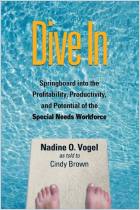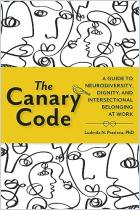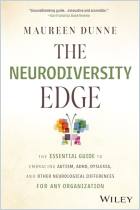
Recommendation
Companies that avoid hiring disabled workers miss a golden opportunity to improve their workplace. Often, disabled employees prove to be tough-minded problem solvers who have learned resiliency. Appreciative of the chance to work for their employers’ trust, employees with disabilities seldom leave their jobs and so help their companies minimize turnover rates. People with disabilities often possess great character and a strong work ethic. In many cases, they have had to strive more than others to achieve their training and education, and so prove to be superior in their chosen fields. This informative, straightforward guide covers all pertinent legal questions about interviewing and hiring disabled people, dispels numerous myths and prejudices, and offers hardheaded practical advice. getAbstract recommends editor Jim Hasse’s insights about recruiting and managing this talented but underused labor pool.
Summary
About the Author
Jim Hasse is a former senior content developer for eSight Career Network, a cross-disability online community.




















Comment on this summary or Diskussion beginnen